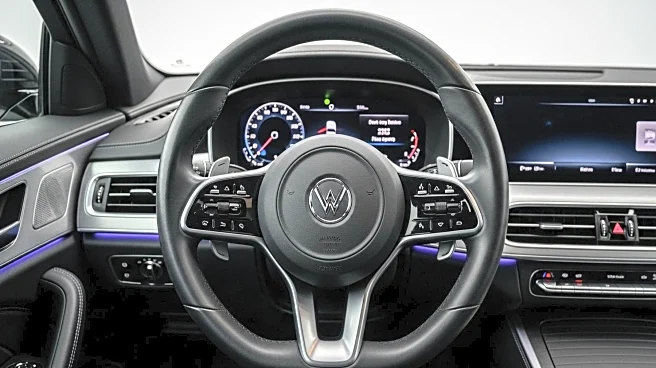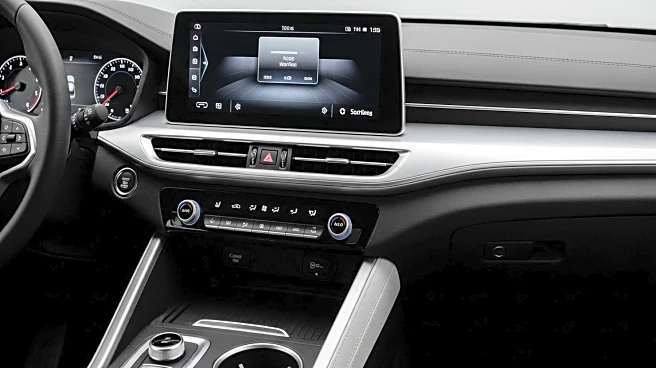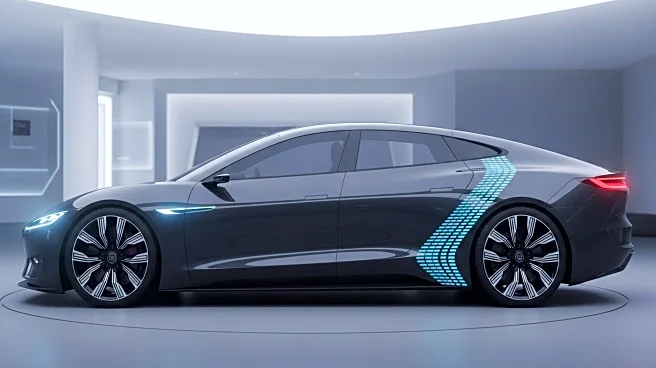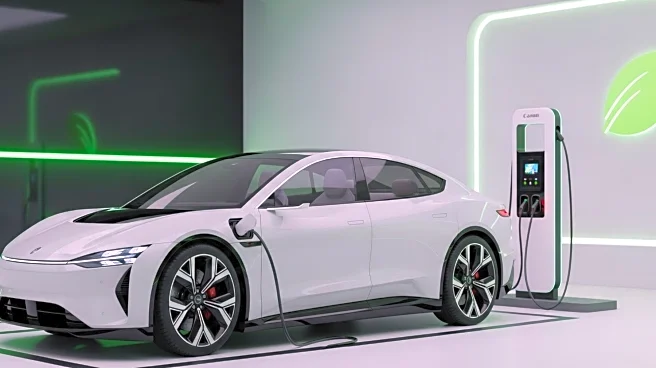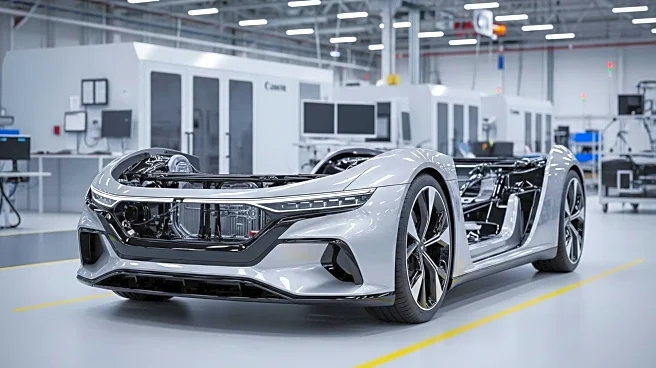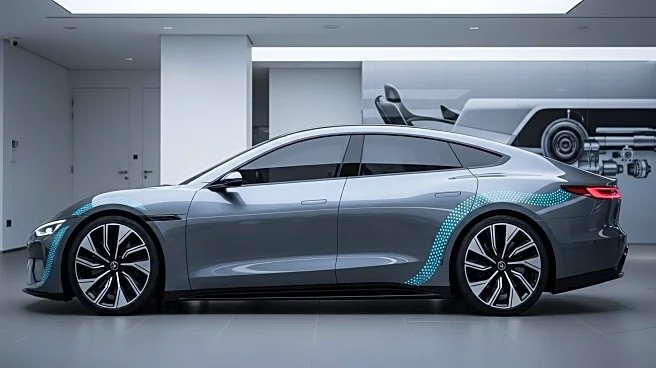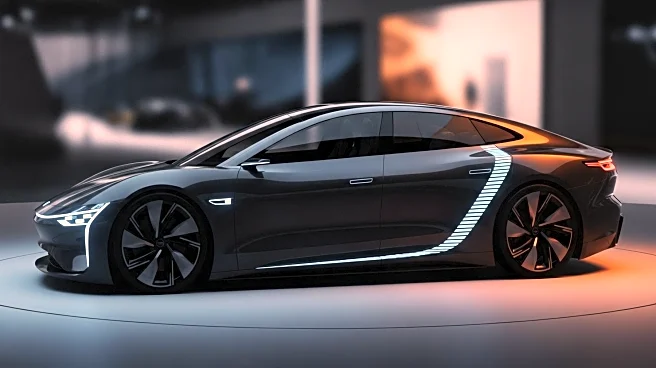What's Happening?
Automakers are increasingly integrating advanced technology into vehicle interiors, leading to a rise in driver frustration and safety concerns. According to a report, many car owners are dissatisfied with the shift towards touch-sensitive panels and complex infotainment systems, which often require navigating through multiple menus to perform simple tasks like adjusting climate controls or changing radio stations. This trend is particularly evident in brands like Tesla, Audi, and BMW, which have moved away from traditional tactile controls. Consumer Reports and J.D. Power studies highlight that infotainment systems are a leading source of complaints among new car owners, surpassing even mechanical issues. The complexity of these systems can distract drivers, taking their eyes off the road for extended periods, which poses significant safety risks.
Why It's Important?
The shift towards digital interfaces in vehicles has significant implications for driver safety and consumer satisfaction. As automakers prioritize sleek, tech-forward designs, they risk alienating a segment of consumers who value simplicity and ease of use. This trend could impact brand loyalty and sales, particularly among older drivers and families who find these systems cumbersome and distracting. Moreover, the safety concerns associated with these complex systems could lead to increased scrutiny from regulatory bodies and consumer advocacy groups. Automakers that fail to address these issues may face reputational damage and potential legal challenges if these systems are linked to accidents.
What's Next?
Automakers may need to reconsider their approach to in-car technology, balancing modern design with user-friendly controls. Companies that successfully integrate intuitive, tactile controls with advanced features could gain a competitive edge. Additionally, there may be increased demand for vehicles that offer a blend of traditional and digital interfaces, appealing to a broader range of consumers. As the industry evolves, manufacturers might also explore new technologies that enhance safety without compromising usability, such as voice-activated controls or more responsive touchscreens.
